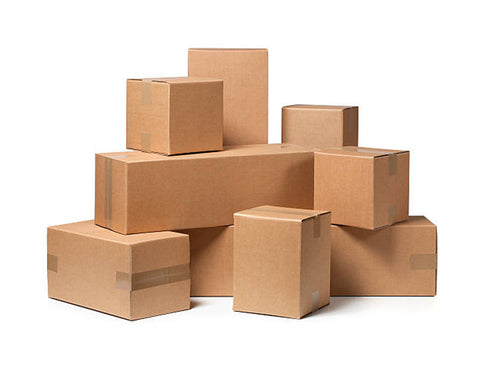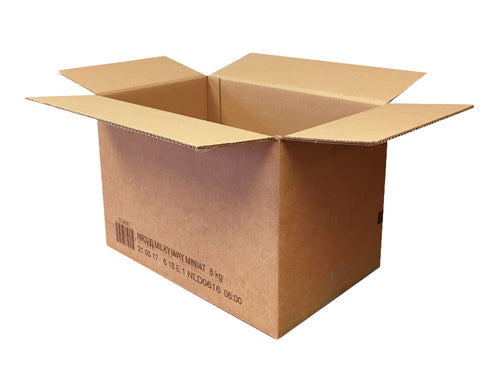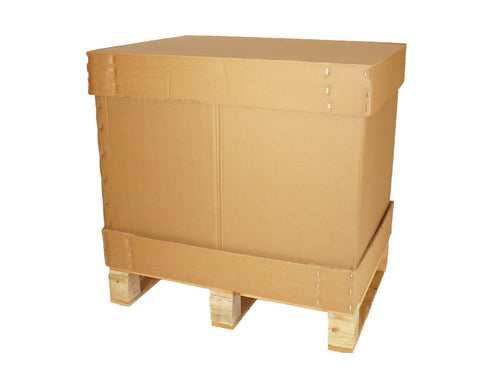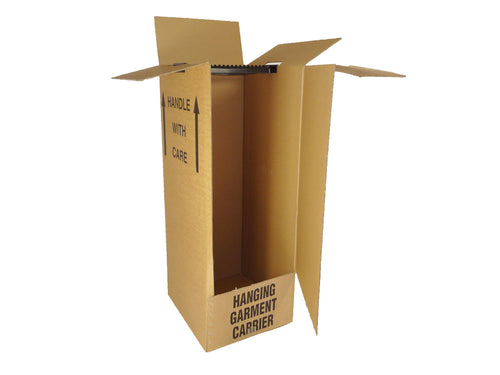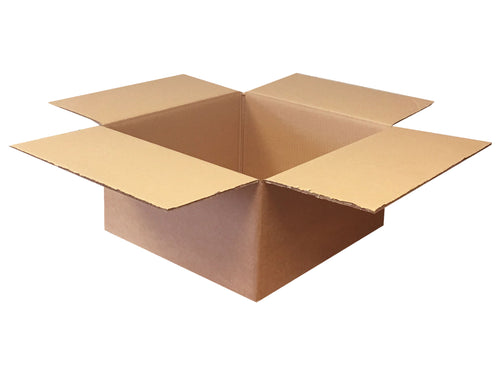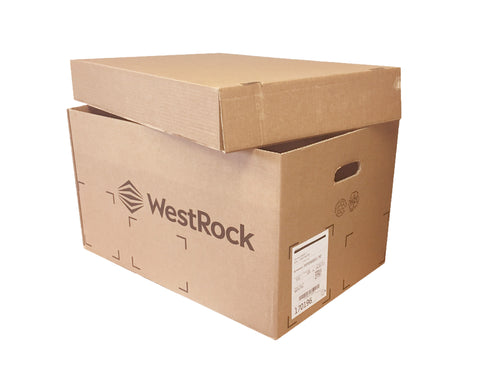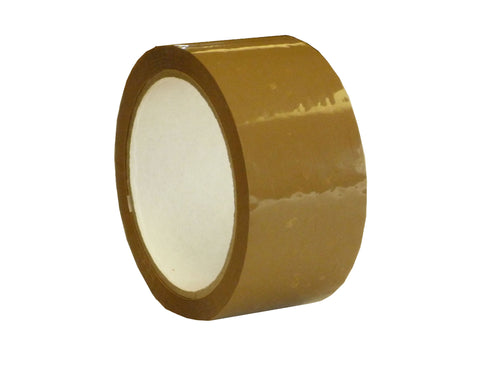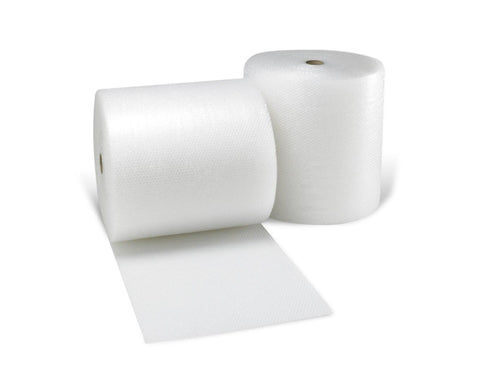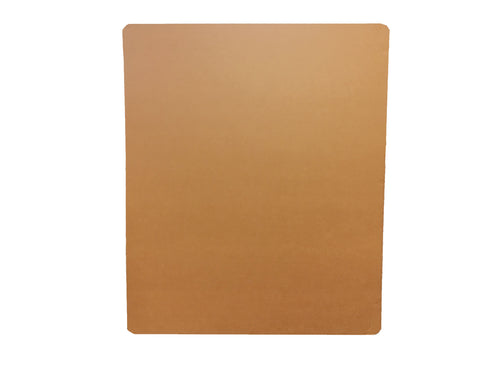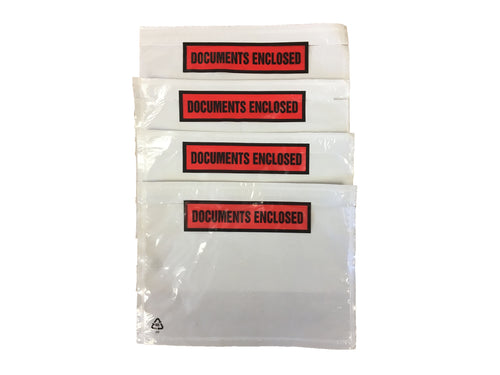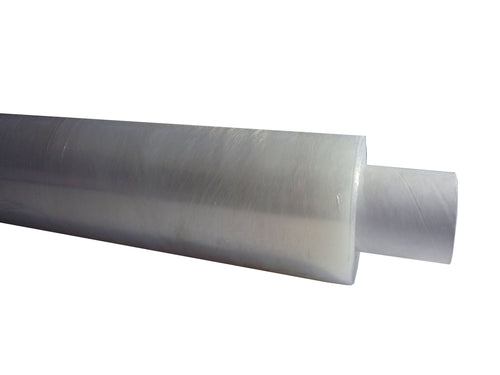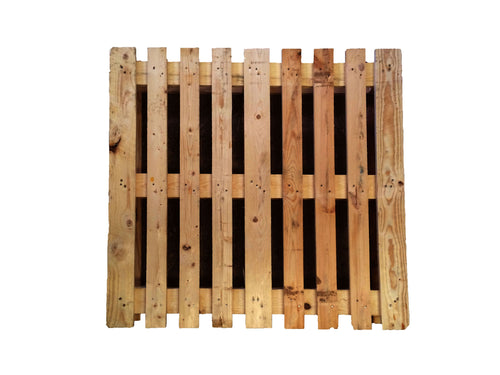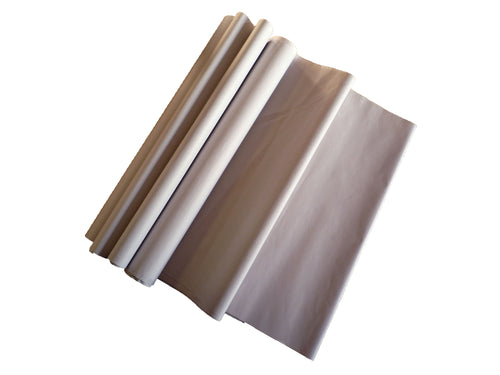The packaging buyer’s guide to cardboard boxes
| Edited:

Are you responsible for buying packaging at your company? How often do you shop around for the best deals? Do you think about waste and environmental harm?
Buying can be complex if you sell a range of products or need to source interesting, unique and bespoke packaging. It’s also challenging in turbulent markets such as those seen during the coronavirus crisis where packaging became scarce and prices increased sharply.
There are a lot of considerations, and whether you buy packaging for a small company with one site or a large company with multiple sites, you’ll have to stay on top of your game.
To keep it simple we want to focus on cardboard cartons (the outer box) as it’s our area of expertise.
We’ve broken down the 4 main areas to think about in this handy guide:
Branding – the pros and cons of printing your logo onto your packaging
Cost – where to source cheap boxes and packaging and how to quality check
Environment – thinking about recycling, waste and circularity in how you pack products
Reputable Companies – how to find them
1. Branded Packaging – How to Decide If Branding Is For You
B2C Branding
How important is it to you that your branding appears on your boxes or other packaging? It’s common for large B2C (business-to-consumer) companies to print their logo onto their boxes – it’s a similar concept to giving out branded carrier bags in shops. You may want to reinforce your brand at every opportunity to ensure you remain memorable to customers. Including colourful and creative designs or having desirable branding can also encourage social media users to share photos of their purchases, effectively doing your marketing for you.

This image shows social media users posting photos of their parcels arriving in branded boxes from Bulk Powders. This is an example of how packaging branding can help a lifestyle brand.
B2B Branding
For B2B (business-to-business) printing a logo on the packaging is not such a big consideration. Why? Because your packaging will likely go into storage units, warehouses and back offices and be seen by people whose job is to process the goods quickly and efficiently without being too concerned about the brand. There are of course exceptions to this. But if you’re a distributor for example, your boxes will be flattened quickly once the products have been offloaded. Or they may be shipped straight out to wholesalers and retailers who will also remove the goods and break down the packaging straight away.
Order Requirements
Branded packaging might not be appropriate for you if you are a small business, as it typically requires a large volume order to be cost-effective – that’s normally tens of thousands of boxes. As a small business you probably don’t have the storage space and cash flow could be a problem when placing an order of that size. Large companies are more likely to have the capacity to take on very large box orders, so printed boxes could be an attractive option.

This image shows a large storage facility that enables a company to buy and store packaging in volume
Other Considerations for Printed Boxes
- Are there packaging companies near you? The more local they are, the lower the transportation costs to your warehouse. It’s a manufacturer that you’ll need for the printing, so search for manufacturers rather than suppliers.
- What percentage of the packing boxes are made with recycled material? See the eco-friendly section at the end of this article for more environmental considerations.
- Are there alternative ways to brand your packaging? For example, could you have stickers printed instead, or by branded packing tape? If Amazon didn’t print their signature smile logo onto their boxes, you’d still know it was an amazon parcel by the strong packing tape they use to secure the package.
2. Cost – Balancing Price and Quality
Any packaging buyer, company owner or manager who is responsible for purchasing will have cost as a top consideration. Shopping around and looking at alternatives can provide opportunities to save money.
What factors affect cost?
The grade of the material
A single wall box will be cheaper than double wall boxes because there is less material used in the manufacture of the box. The downside is that single wall boxes don’t always offer great strength or protection, so your consideration should be based around what is appropriate for the item you are shipping. There are times when a single wall box can effectively transport heavy items – for example when the box is packed full so that items don’t shift around as they are being moved from A to B. Some companies also offer a higher grade of single wall. Sadlers, for instance, sells a range of ‘strong single wall’ boxes which are constructed in a more robust way than the standard fluting.
Buying in volume
Buying in volume will result in lower prices. Most packaging companies offer bulk pricing structures, and shipping costs could be lower too if less frequent trips are required.
Buying second hand
Used boxes are popular alternatives to new because they are significantly cheaper and better for the environment. The quality of the boxes is not compromised if you buy from a reputable supplier.
‘Second hand’ can also refer to surplus, obsolete or redundant packaging that, for any number of reasons, cannot be used for its original purpose. This stock is sold on to the reuse market along with used boxes to increase the offering available. For example, obsolete stock means that the boxes are still brand new and untouched, yet they cost less than new from a manufacturer.
You may be concerned about used boxes having tape still attached, or having a print on them. Excesses of tape are usually removed in the sorting process and most people don’t mind. And not all used and surplus boxes carry a print – plenty are completely plain too. You’d never know they were second-hand in a lot of cases.
3. Environmental credentials
We’ve already mentioned thinking about the recycled content of boxes (section 1) or buying used boxes (section 2) so now we’re going to break down the basics of eco packaging.
What is eco friendly packaging?
This is open to interpretation so do your research. Some consider packaging with a high recycled content to be eco-friendly. Recyclable packaging is also considered to be environmentally friendly; this is packaging that can be taken away, processed and then used again in the manufacture of other items. Reusable packaging is eco friendly because it is circular. If the packaging can be reused in its original form or via a small adaptation then it is much better for the environment than single-use or recyclable products.
What are eco friendly packaging boxes?
To be truly eco friendly, they should be once-used or surplus cardboard boxes – these are reusable, recyclable and recycled without any mechanical processing, ticking all the boxes. Buying used cardboard boxes prevents the need for the manufacture of brand new boxes which is a process that uses vast quantities of water, trees and resources.
4. How to Find a Reputable Packaging Company
When searching for where to buy boxes for packaging you may be wondering how to tell the different companies apart. How do you know who is reputable? Who is going to give you great service and quality products?
Talk to them
Pick up the phone and talk to a sales person at the company. If they are knowledgeable, friendly and efficient you’re off to a good start.
Check the reviews
Not all reviews and review websites are equal. Look for Google reviews as the first point of call. It’s almost impossible for a company to delete a negative Google review so you’ll get a good overview of customer opinions and how the company responded to them.
Also check TrustPilot, although it’s one of the websites that can be manipulated a little more easily so be careful to check a broad range of reviews. Take a look and see whether the reviewers have left comments for other companies too as this is a better indication of genuine customers. Again, it’s not failsafe but it’s worth looking at.
Other review sites are more open to manipulation so be careful. Also be wary of companies that only have a perfect 5 star score from everyone as it’s likely that negative reviews have been deleted.

Here is an example of a Trustpilot review, showing the customer, their review, the company's response and the number of reviews that customer has left on the platform.
See who’s tagged them on social media
If customers are showing love on social media it means they trust the brand enough to put their name to a recommendation. See what types of customers are talking about them on social media and what they’re saying.

This image shows numerous occasions where Sadlers has been tagged on social media by happy customers. This user behaviour builds trust in a brand.
Ask for samples
If you’re unsure about the quality of the products, ask for a sample! Most companies will charge a small fee to cover postal costs and this is normal. Some may allow you to redeem that minor outlay if you go on to place an order. Having a sample allows you to check the strength, grade and overall quality, and you’ll be able to try it out to see if it works for whatever you need to pack.
Bonus Consideration
We have gained some customers who used to pack in postal bags to send via DPD, but new requirements mean they are having to send goods in corrugated packing boxes instead. We've published an article that may help: DPD Packing Guidelines - Do you have to use a cardboard box?
If you liked this article why not read more from our blog.
Author: Lauren Sadler, MSc Sustainable Development
Bio: Lauren is passionate about sustainability and aims to educate people on the benefits of cardboard box reuse.

